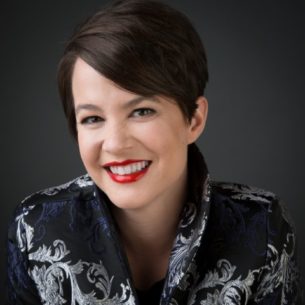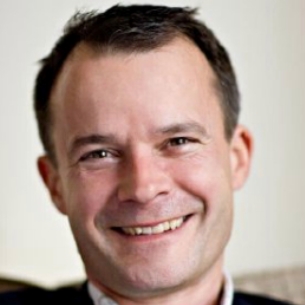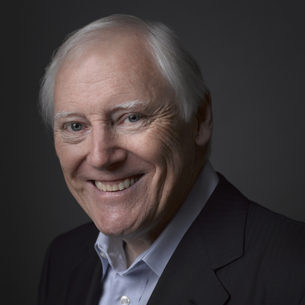Know Yourself. Know Your Team. Get Better Results.
Team Collaboration Mapping
Better business results
Team Collaboration Mapping allows people to do the work that suits their capabilities.
TCM facilitates:
- Assignment of team roles to individuals to ensure the role is executed efficiently
- A shared understanding by the team of who will play each role and why
- Actions individuals will take to contribute their role strengths to the team
- Increased employee engagement, improved individual and team performance and better business results
How It Works
1
Complete Belbin Report
Each team member completes a Belbin Report, which is a verified team strengths tool that helps people to understand their strengths and weaknesses.
2
Team Collaboration Map
Individuals receive their Belbin reports and all reports are compiled into a Team Collaboration Map.
3
1-hour online tutorial
Team members review a 1-hour online tutorial to explain key concepts that will help them understand their Belbin Report and Team Collaboration Map.
4
team workshop
A 2-hour team workshop is held where self-guided discussions occur to help the team apply their learning and increase team effectiveness.
What are Belbin Team Roles?
Resource Investigator
Teamworker
Co-ordinator
Plant
Monitor Evaluator
Specialist
Shaper
Implementer
Completer Finisher
our partners trust us
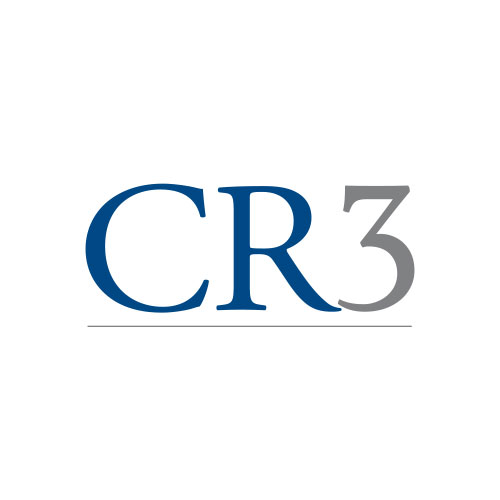
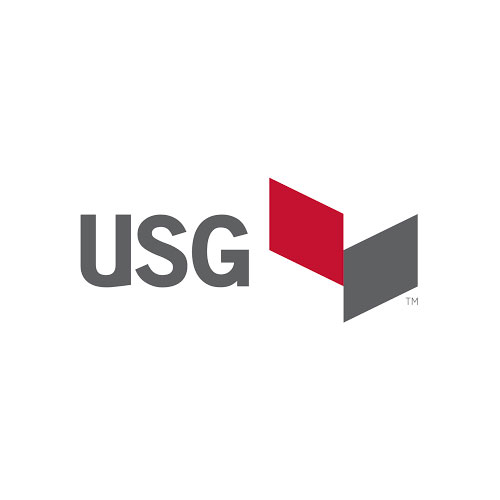
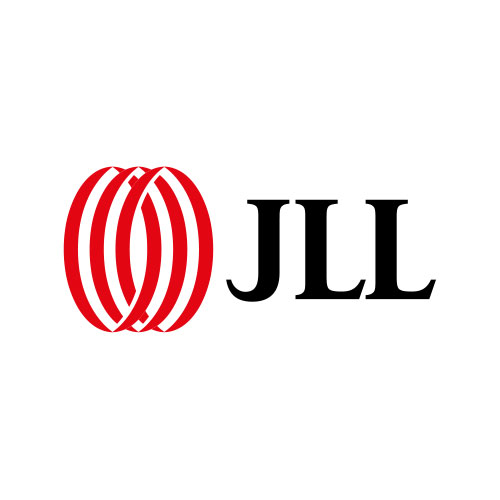


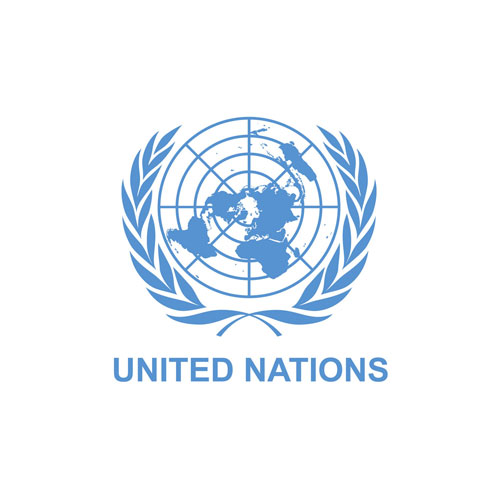
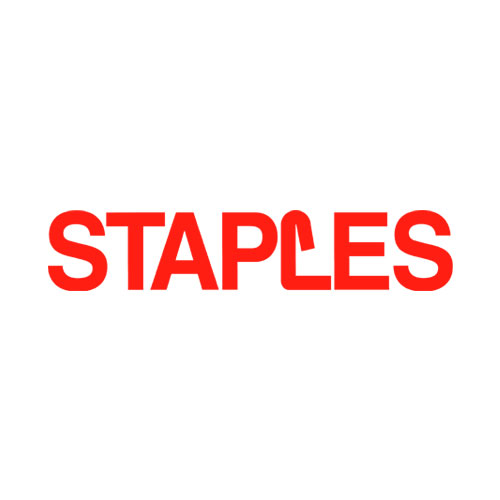
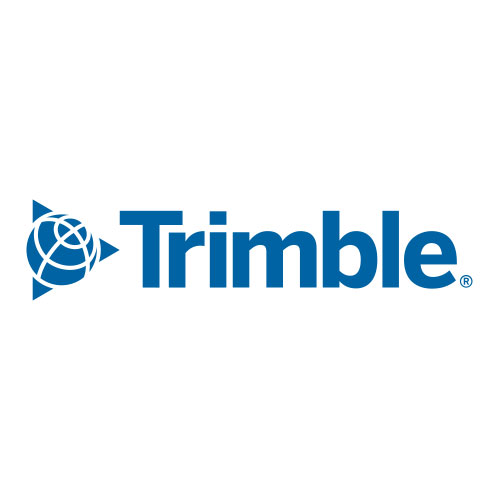

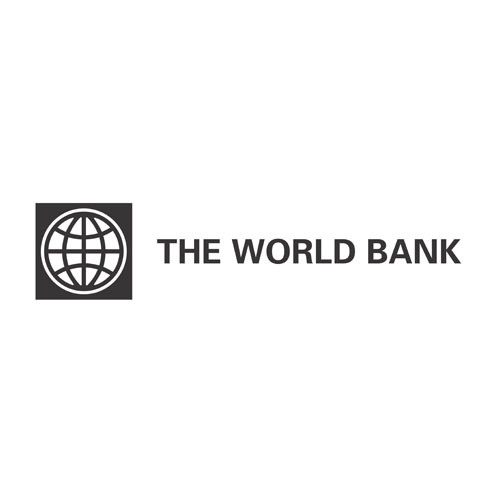

Rick Ayers
Vice President, Retirement Plans, Securian
Stephen Dennis
Director, Granite Construction Inc.
Questions?
Phone
Toll Free: 877.333.3606
United States: 937.400.1545
Let’s chat. We’re here to help you.
Fill out the form so we can get in touch with you.
